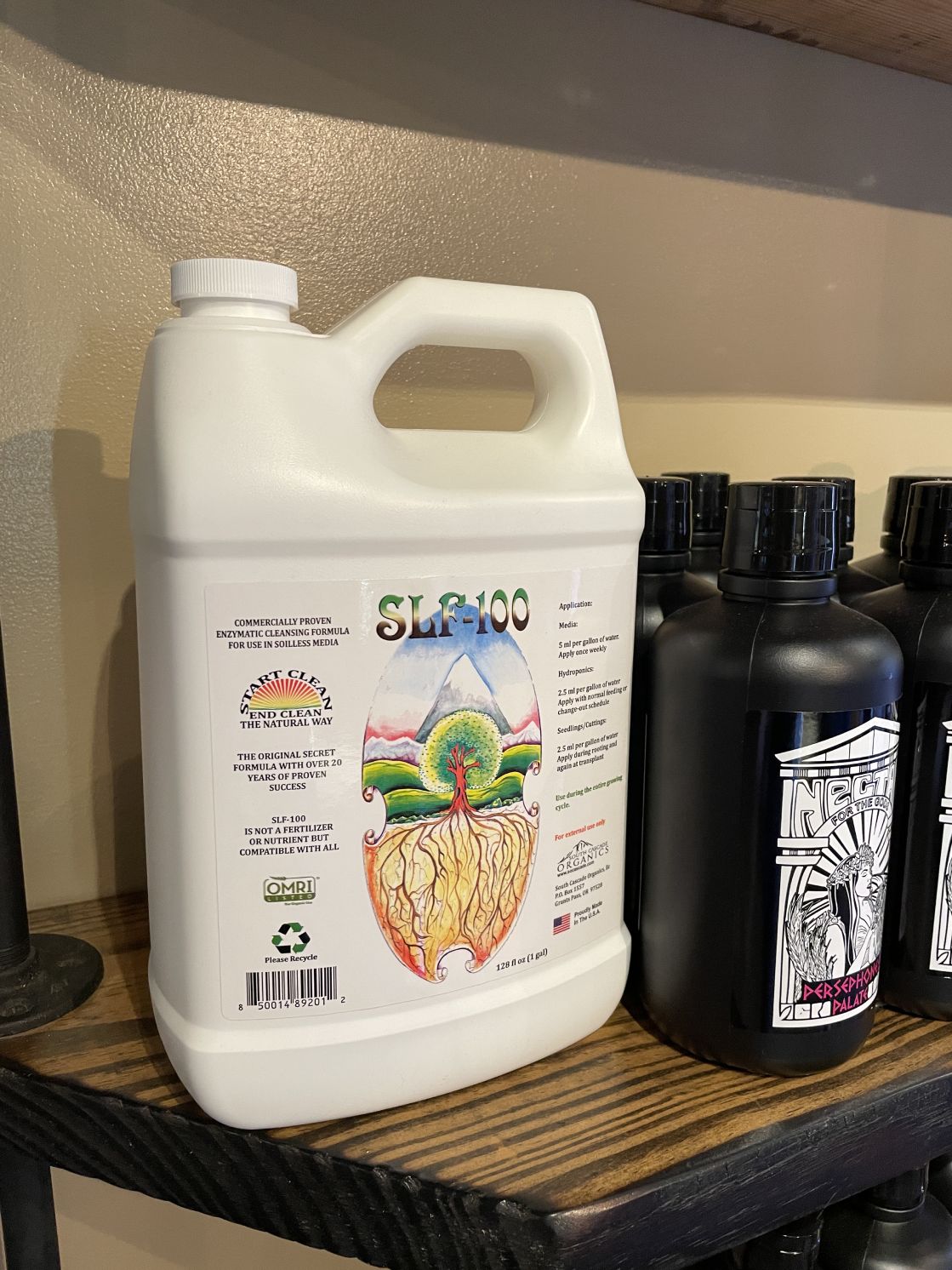Harnessing the Power of Hydroponics: a Deep Study Utilizes and Various Kinds
In the world of modern-day farming, hydroponics has actually arised as a method that tests typical farming practices by offering a space-saving and water-efficient choice. The application of hydroponic systems opens a globe of opportunities for growing plants in varied atmospheres, eventually affecting food production and sustainability. As we browse with the elaborate landscape of hydroponics, exploring its various types and applications, a much deeper understanding of its potential to revolutionize farming practices and address international food security issues starts to unravel.
Advantages of Hydroponic Farming
Hydroponic farming uses various benefits over standard soil-based agriculture. One of the primary advantages is water effectiveness; hydroponic systems use up to 90% much less water compared to conventional farming techniques.
In addition, hydroponic farming allows for greater control over nutrient degrees, causing faster plant growth and greater yields. By giving essential nutrients directly to the plant origins, hydroponic systems promote much healthier and more robust plant growth. Additionally, the controlled setting of hydroponic systems decreases the danger of bugs and diseases, lowering the need for hazardous chemicals and herbicides.

Typical Kinds Of Hydroponic Equipments
Provided the various benefits of hydroponic farming, it is vital to explore the numerous typical kinds of hydroponic systems used in modern farming. One common type is the Deep Water Culture (DWC) system, where plant roots are submerged in a nutrient solution. An additional common system is Nutrient Movie Technique (NFT), which entails a thin movie of nutrient-rich water flowing over the origins - The Indoor Earthworm. The Ebb and Flow system, additionally referred to as Flooding and Drain, regularly floods the plant roots with nutrient remedy before draining it. Aeroponics attracts attention for its technique of putting on hold plant roots in the air and misting them with a nutrient remedy. Drip systems supply a regulated amount of nutrient remedy directly to the plant's base. Wick systems, the most basic kind of hydroponics, make use of a wick to passively provide vitamins and mineral remedy to the plant roots. Each of these systems supplies unique advantages and provides to various plant types and growth phases in hydroponic farming.
Nutrient Film Method (NFT) System

Among the key advantages of the NFT system is its water efficiency. The Indoor Earthworm. Considering that the nutrient solution is recirculated in a shut system, this approach uses dramatically less water contrasted to traditional soil farming. In addition, the NFT system is space-efficient, making here are the findings it perfect for interior farming or in areas with limited area for traditional agriculture
Nevertheless, the NFT system calls for careful tracking and upkeep to ensure the constant circulation of water and nutrients. Any disruption in the circulation can quickly affect plant health and wellness. On the whole, the NFT system provides a lasting and reliable way to grow pop over here plants hydroponically, specifically for crops that grow in well-oxygenated origin environments.
Deep Water Culture (DWC) System
Relocating from the Nutrient Movie Method (NFT) system, the Deep Water Society (DWC) system is a hydroponic approach that entails suspending plant roots straight in a nutrient solution. Unlike NFT, where roots are continuously exposed to a thin film of nutrient service, DWC plants have their roots submerged in a reservoir filled with aerated nutrient water. The roots dangle in the nutrient solution, enabling straight uptake of water and important nutrients.
One of the essential advantages of the DWC system is its simpleness and reduced maintenance requirements. The consistent accessibility to oxygen and nutrients promotes rapid development and greater yields. DWC systems require ample aeration to prevent origin rot and make sure ideal nutrient absorption. Regular surveillance of pH levels and nutrient concentrations is critical to stop discrepancies that could hurt plant health.
Aeroponic System
An innovative method in hydroponics growing, the Aeroponic System utilizes a misting or fogging system to supply nutrients directly to plant origins suspended in the air. This system is recognized for its ability to advertise fast development and efficient nutrient uptake because of the direct delivery of nutrients to the roots, permitting the plant to focus its power on development instead of browsing for nutrients. In an aeroponic arrangement, plants are usually housed in a shut environment where the roots are periodically misted with a nutrient solution. This misting cycle makes sure that the origins receive sufficient oxygen, advertising healthy origin growth and overall plant development.
Among the essential advantages of aeroponics is its water efficiency, as the system utilizes substantially much less water contrasted to typical soil-based cultivation methods. Additionally, the accurate shipment of nutrients directly to the roots can result in higher yields and faster growth rates. While aeroponics can be a lot more complicated to set up and maintain contrasted to various other hydroponic systems, its capacity for boosted plant growth and effectiveness makes it a prominent option see this for commercial farmers and hydroponic fanatics seeking optimum results.
Conclusion
In conclusion, hydroponic farming offers countless advantages and different kinds of systems to pick from. The Nutrient Film Strategy (NFT) system, Deep Water Society (DWC) system, and Aeroponic system are among the most common techniques used in hydroponics. Each system has its very own advantages and limitations, making it important for farmers to thoroughly consider their demands and choices before picking one of the most appropriate system for their crops.
Unlike various other hydroponic systems where plants are immersed in a nutrient solution, in the NFT system, the origins are exposed to the water only in a shallow movie.Moving from the Nutrient Film Strategy (NFT) system, the Deep Water Culture (DWC) system is a hydroponic approach that involves putting on hold plant origins directly in a nutrient solution.A cutting-edge technique in hydroponics farming, the Aeroponic System makes use of a misting or fogging system to provide nutrients straight to plant roots put on hold in the air. The Nutrient Film Strategy (NFT) system, Deep Water Culture (DWC) system, and Aeroponic system are among the most typical approaches used in hydroponics. Each system has its very own advantages and limitations, making it necessary for farmers to carefully consider their needs and preferences prior to selecting the most ideal system for their crops.